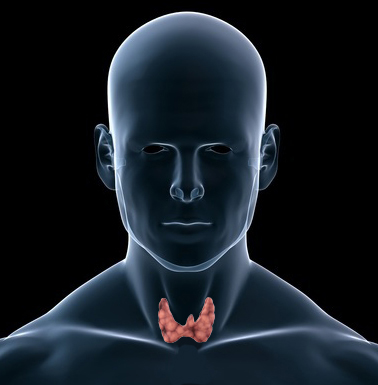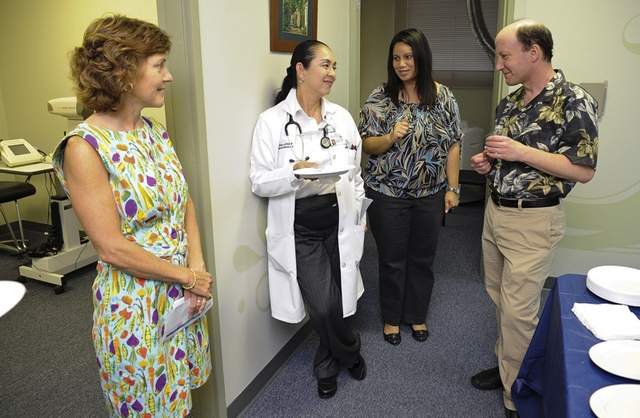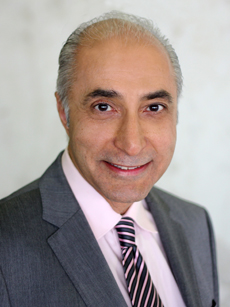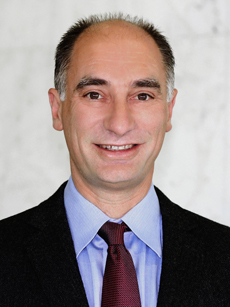 There are many things you can do to help prevent indigestion and improve your overall digestive health. Here are five of them:
There are many things you can do to help prevent indigestion and improve your overall digestive health. Here are five of them:
1. Eat Lots of Fiber
Fiber is not only key to keeping indigestion at bay, but it is essential for your overall health. In addition to helping digestion, it can also help decrease cholesterol, improve constipation, prevent hemorrhoidal irritation, and keep the bowel habits regular.
Increasing your daily fiber intake is usually synonymous with eating healthier, but making the transition does not have to be painful. Small changes like eating high-fiber cereal for breakfast and replacing white bread with whole-wheat bread is a great start.
2. Take Digestive Enzyme Supplements
Digestive enzymes can help promote good digestion and even enhance nutrient absorption. They may not be essential for everyone, but speak with your physician to see if you are a good candidate. They can reduce the symptoms of indigestion and upset stomach in selected individuals.
3. Chew Your Food
Chewing is something we do without thinking about it, but it is actually one of the most important parts of digestion. Chewing not only helps break down food, it also signals the salivary glands, stomach and the small intestine to start releasing digestive enzymes.
4. Don’t Overuse Antacids
Acids in the stomach help the body digest food. But in some cases, these acids can come back up (reflux) into the esophagus, causing that burning sensation of indigestion many people are so familiar with. When this happens, the standard response seems to be to reach for antacids. While it does neutralize stomach acids, overuse may leave the stomach vulnerable to bacterial infections. Use it in moderation.
5. Exercise More & Stress Less
According to a recent study, there is a link between obesity, lack of exercise, stomach pain, diarrhea, and symptoms of irritable bowel syndrome. The same study showed that daily physical activity can actually help reduce many digestive problems and aid with digestion.
Stress, on the other hand, can have a negative effect on your digestion. This is because the “fight or flight” response that results from stress reduces blood flow to the abdomen and the production of digestive enzymes. This slows the digestive process, which results in heartburn, and constipation.
In addition to eating healthy food and chewing it well, strongly consider finding a good balance that works in the long run, with a focus on physical activity and eliminating stress.
If you have frequent episodes of indigestion, please schedule a consultation with one of our Beverly Hills gastroenterologists by calling 855.360.9119.
 For women, there are several birth control options available. For men it’s a different story, but perhaps not for long.
For women, there are several birth control options available. For men it’s a different story, but perhaps not for long. Obese patients are more likely than normal-weight patients to have advanced, aggressive forms of papillary thyroid cancer, according to a new study.
Obese patients are more likely than normal-weight patients to have advanced, aggressive forms of papillary thyroid cancer, according to a new study. As you may or may not know, hemorrhoids can be itchy and mildly uncomfortable – or downright painful. Pregnancy can be uncomfortable and painful as well, which is why it is important to remove hemorrhoids before the pregnancy in order to minimize discomfort.
As you may or may not know, hemorrhoids can be itchy and mildly uncomfortable – or downright painful. Pregnancy can be uncomfortable and painful as well, which is why it is important to remove hemorrhoids before the pregnancy in order to minimize discomfort. Botulinum toxin, popularly known as Botox, is used for various cosmetic and medical procedures.
Botulinum toxin, popularly known as Botox, is used for various cosmetic and medical procedures. There is new hope for the 30 million men in the United States, who suffer from erectile dysfunction (ED). On April 27, 2012 VIVUS, Inc. announced that the FDA has approved Stendra (avanfill) tablets for the treatment of erectile dysfunction. The FDA approval marks the first new prescription drug to treat ED in nearly ten years.
There is new hope for the 30 million men in the United States, who suffer from erectile dysfunction (ED). On April 27, 2012 VIVUS, Inc. announced that the FDA has approved Stendra (avanfill) tablets for the treatment of erectile dysfunction. The FDA approval marks the first new prescription drug to treat ED in nearly ten years. La Peer Health Systems ophthalmologist, Dr. David Parks, often travels to Guam and Micronesia to help patients who would otherwise be unable to see a retinal specialist. Since 1999, Dr. Parks has practiced in Guam, making an average of 3 trips per year to the territory.
La Peer Health Systems ophthalmologist, Dr. David Parks, often travels to Guam and Micronesia to help patients who would otherwise be unable to see a retinal specialist. Since 1999, Dr. Parks has practiced in Guam, making an average of 3 trips per year to the territory. Traditionally, medicine is problem-focused. Doctors tend to focus on a specific problem and will try to find a cure for it.
Traditionally, medicine is problem-focused. Doctors tend to focus on a specific problem and will try to find a cure for it. A surgery center is specifically designed for one thing – surgery. From the design of the building, to the comfort of the chairs in the waiting room, all things are considered in order to make the patient’s experience as comfortable, efficient and enjoyable as possible.
A surgery center is specifically designed for one thing – surgery. From the design of the building, to the comfort of the chairs in the waiting room, all things are considered in order to make the patient’s experience as comfortable, efficient and enjoyable as possible. Dr. Robert Sacks, MD of LaPeer Surgery Center, reinforces the importance of having an experienced team:
Dr. Robert Sacks, MD of LaPeer Surgery Center, reinforces the importance of having an experienced team: Diabetes is a disease that affects many parts of the body, including the eyes. Diabetes is one of the leading causes of blindness in American adults. Those who are diabetic need to see an ophthalmologist if experiencing any changes in vision. Three major eye conditions that diabetics face are:
Diabetes is a disease that affects many parts of the body, including the eyes. Diabetes is one of the leading causes of blindness in American adults. Those who are diabetic need to see an ophthalmologist if experiencing any changes in vision. Three major eye conditions that diabetics face are: The “Lift and Fill Lower Blepharoplasty” – A new innovation in cosmetic lower lid surgery now in press by Dr. Guy Massry, MD, Beverly Hills Ophthalmic Plastic Surgeon.
The “Lift and Fill Lower Blepharoplasty” – A new innovation in cosmetic lower lid surgery now in press by Dr. Guy Massry, MD, Beverly Hills Ophthalmic Plastic Surgeon.